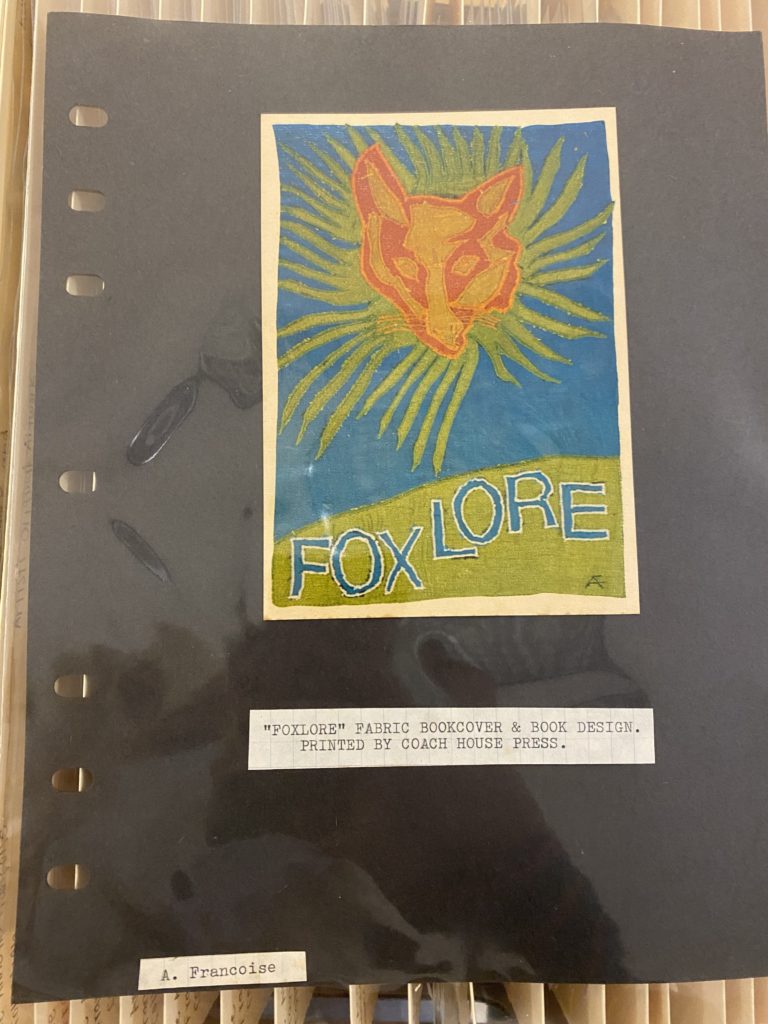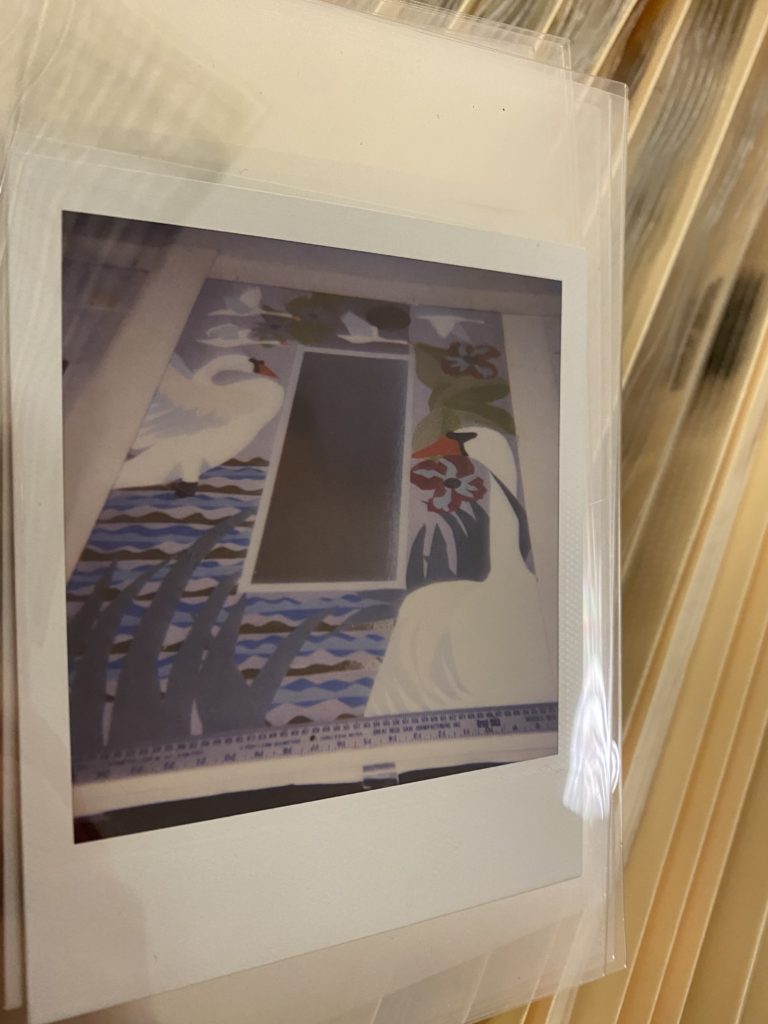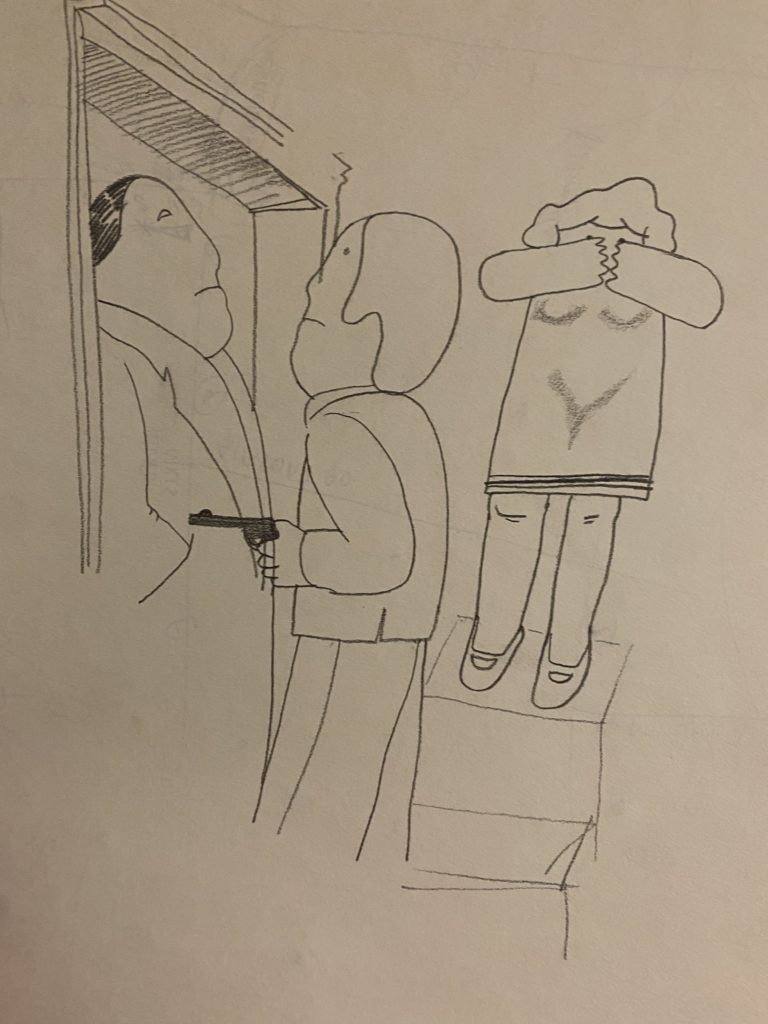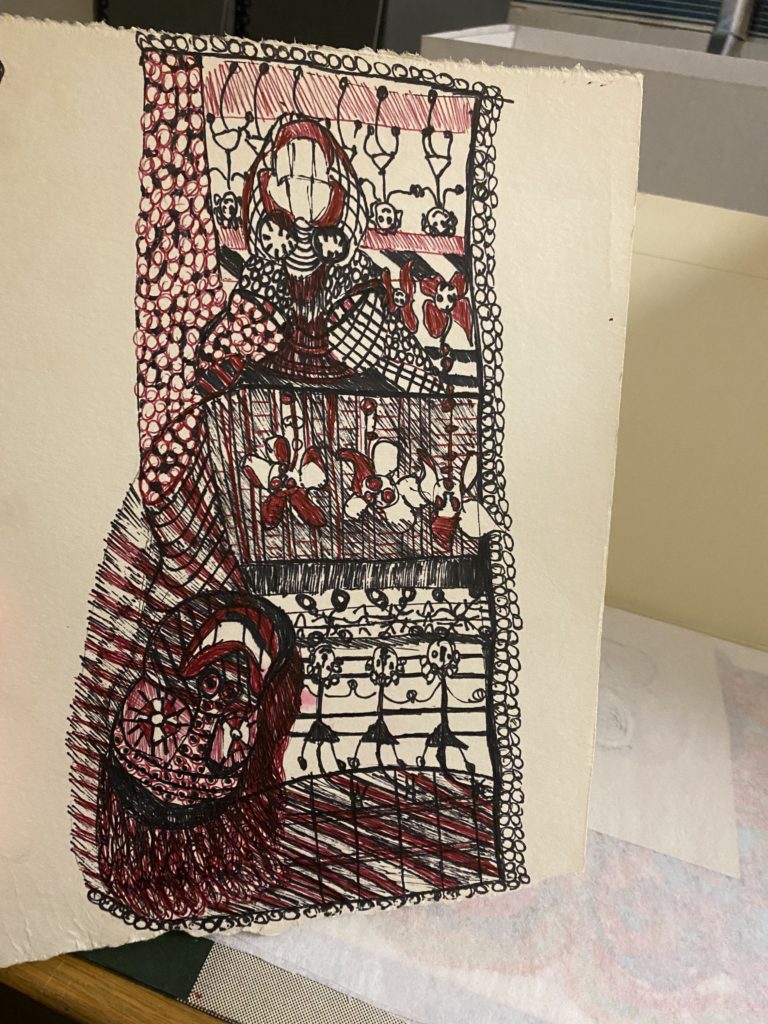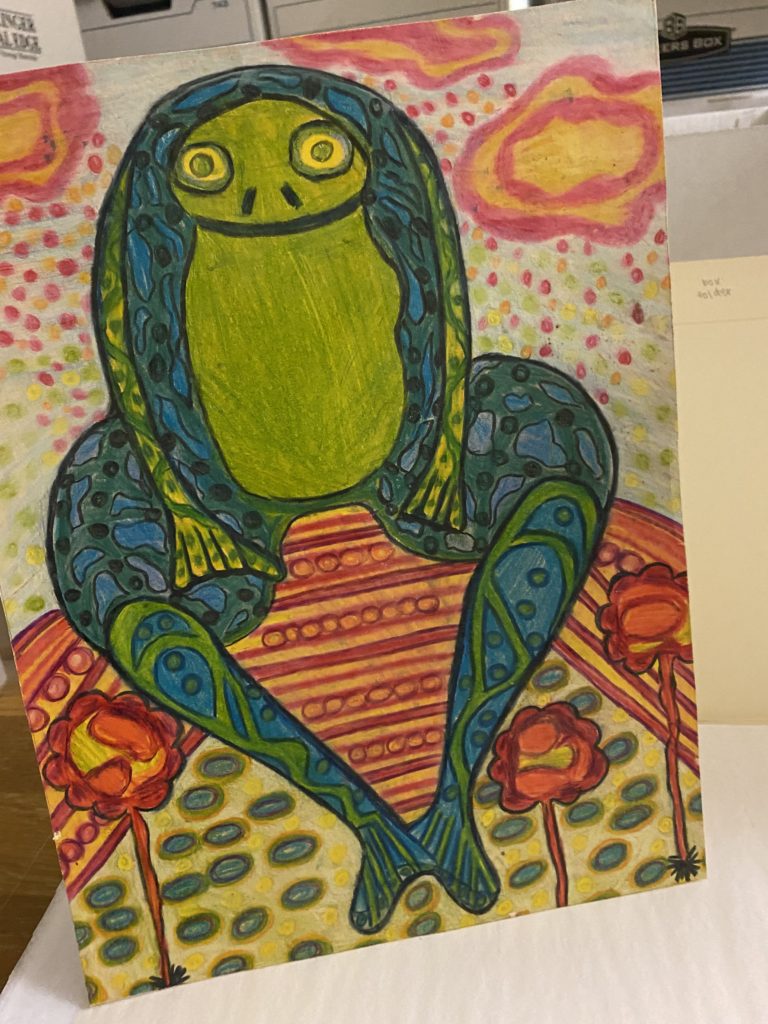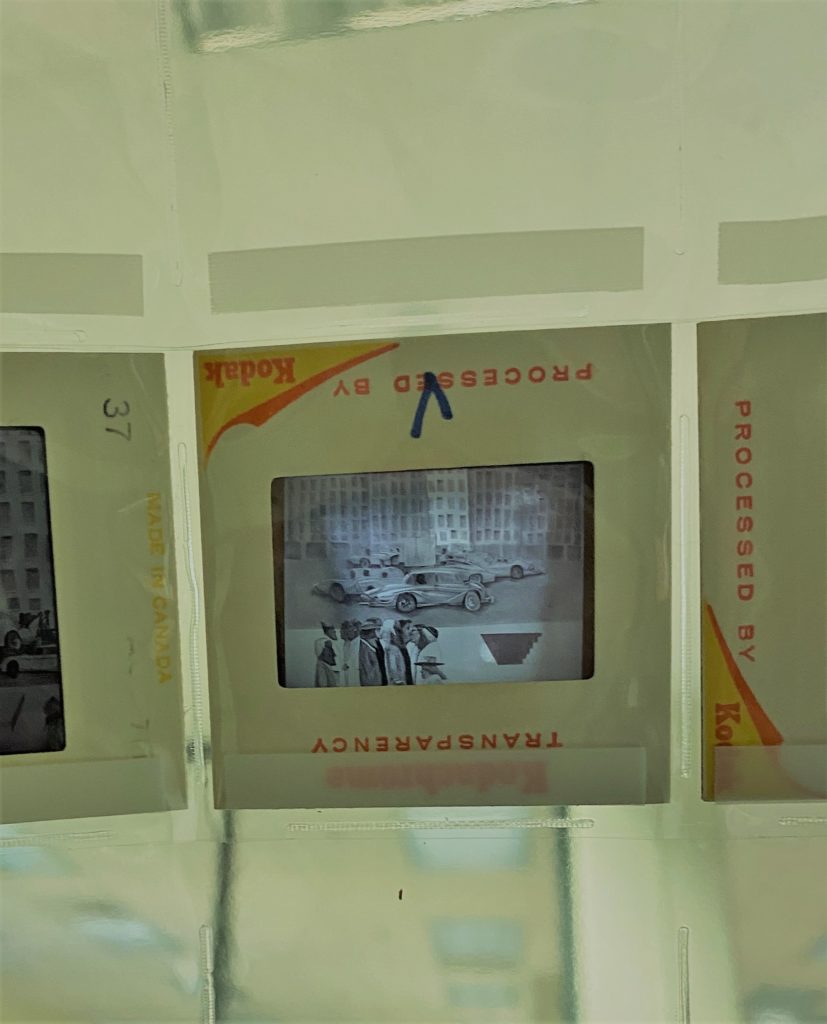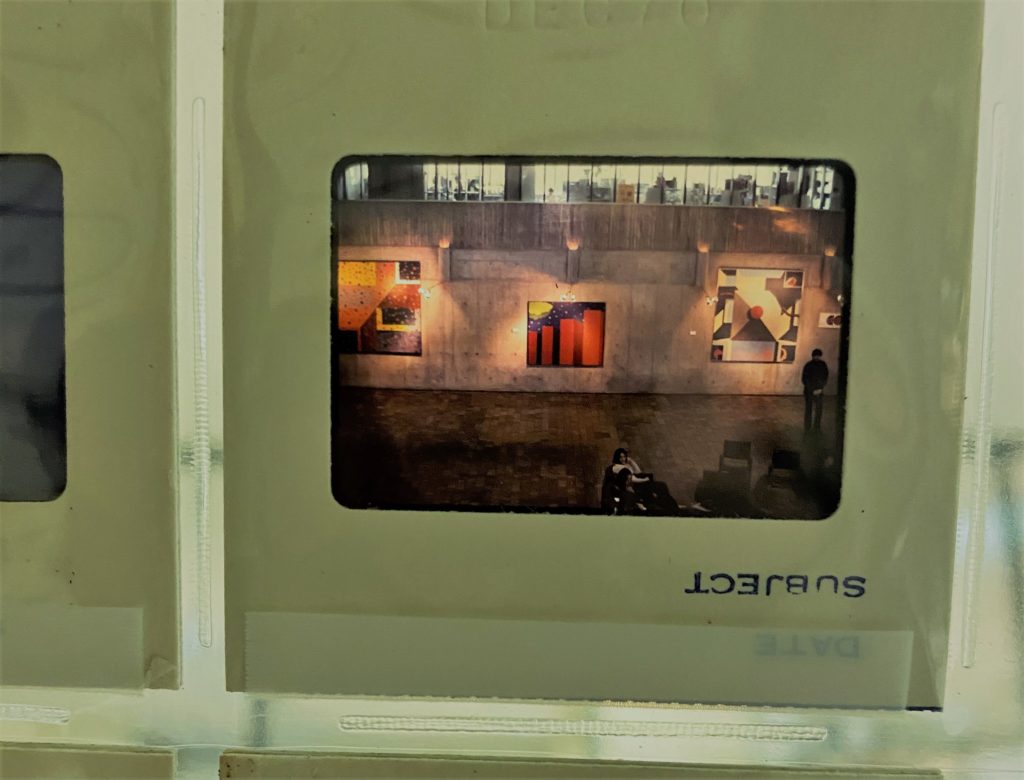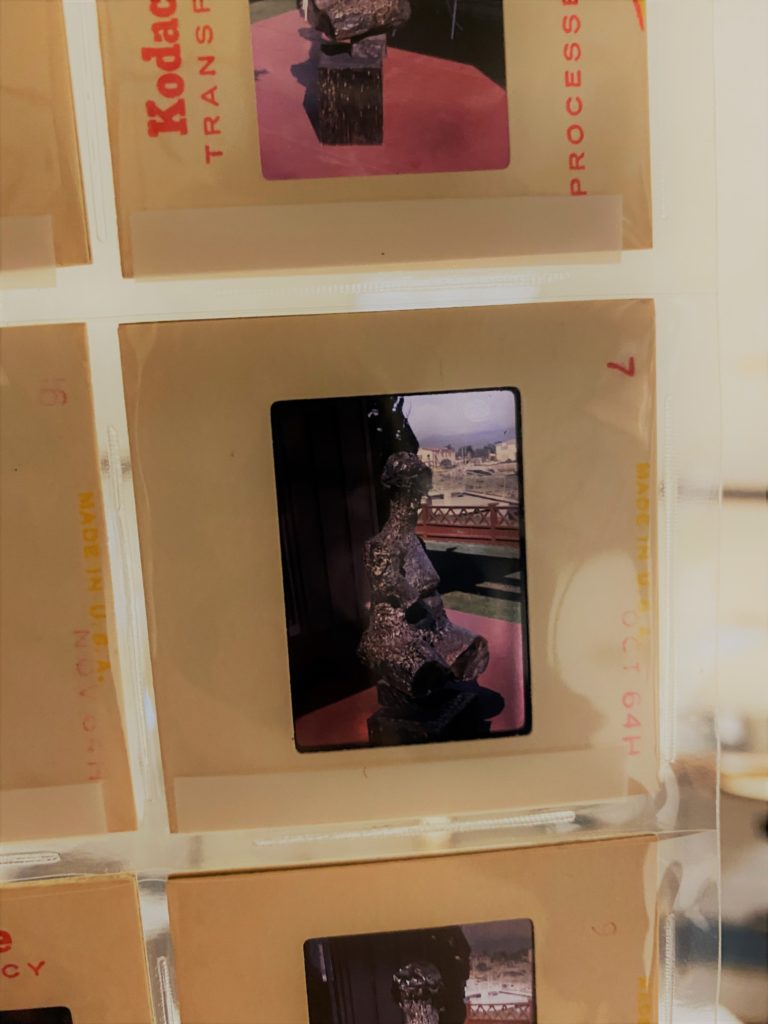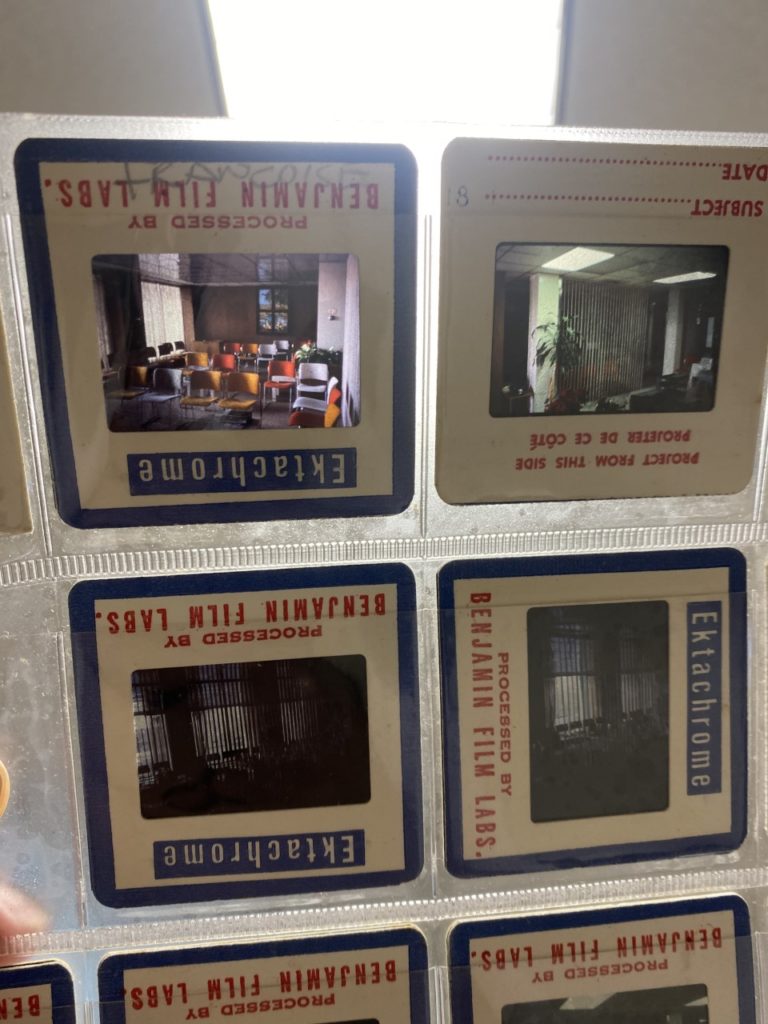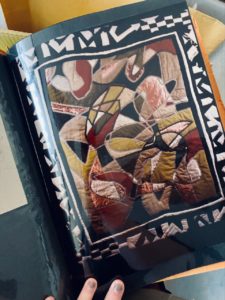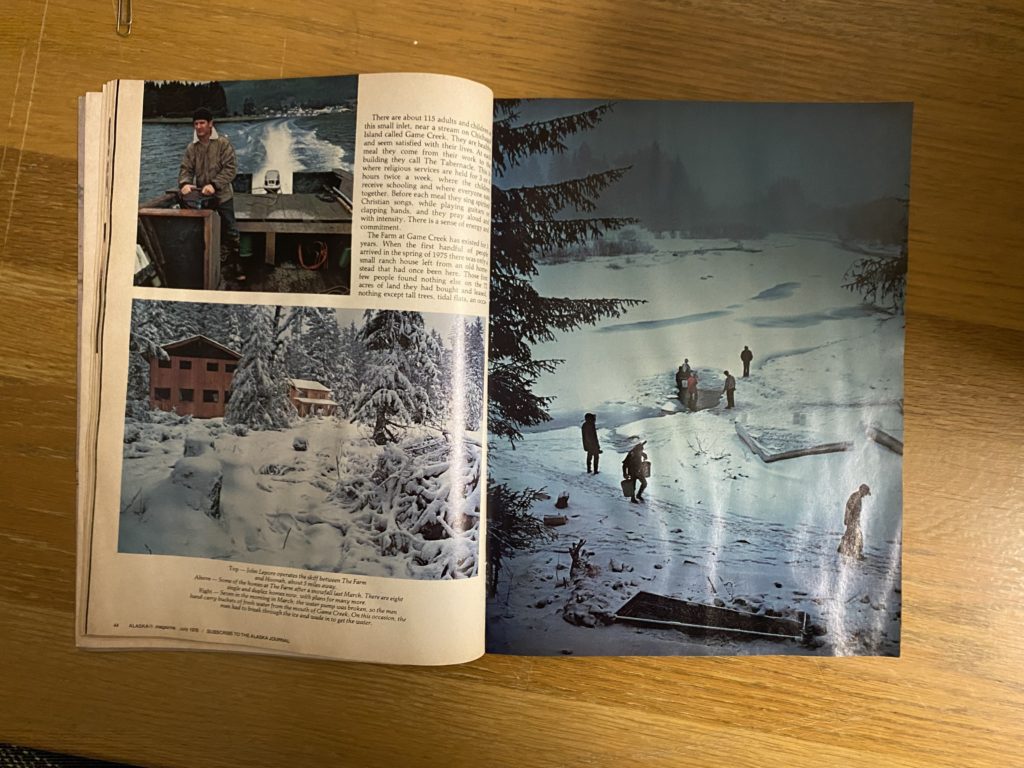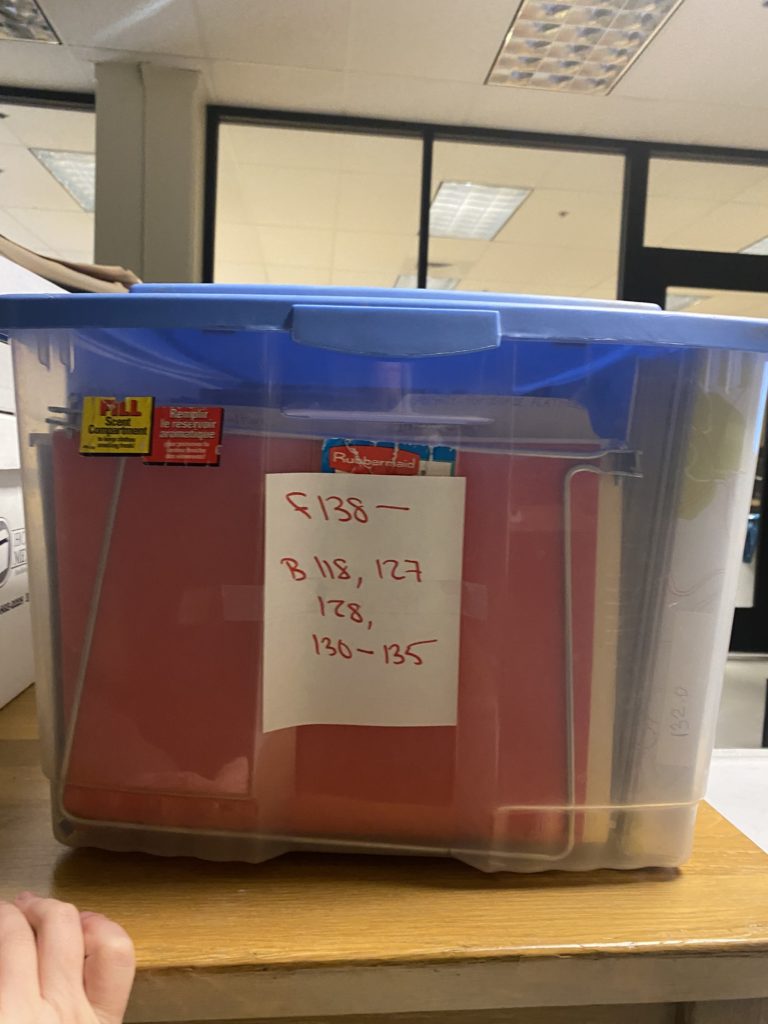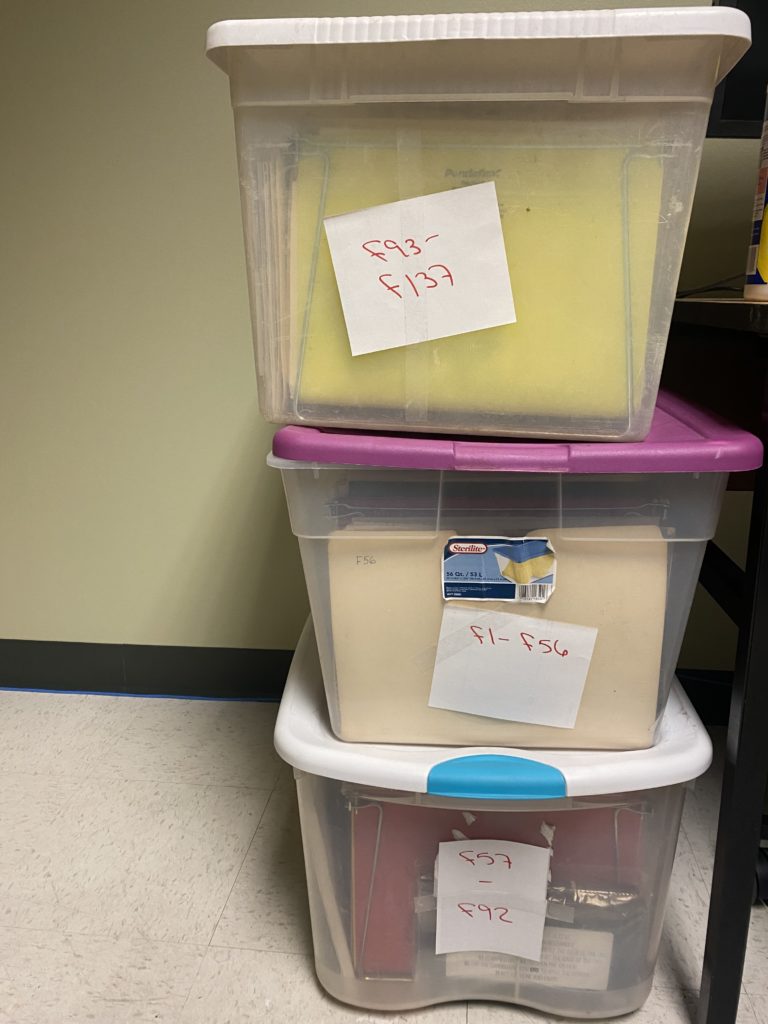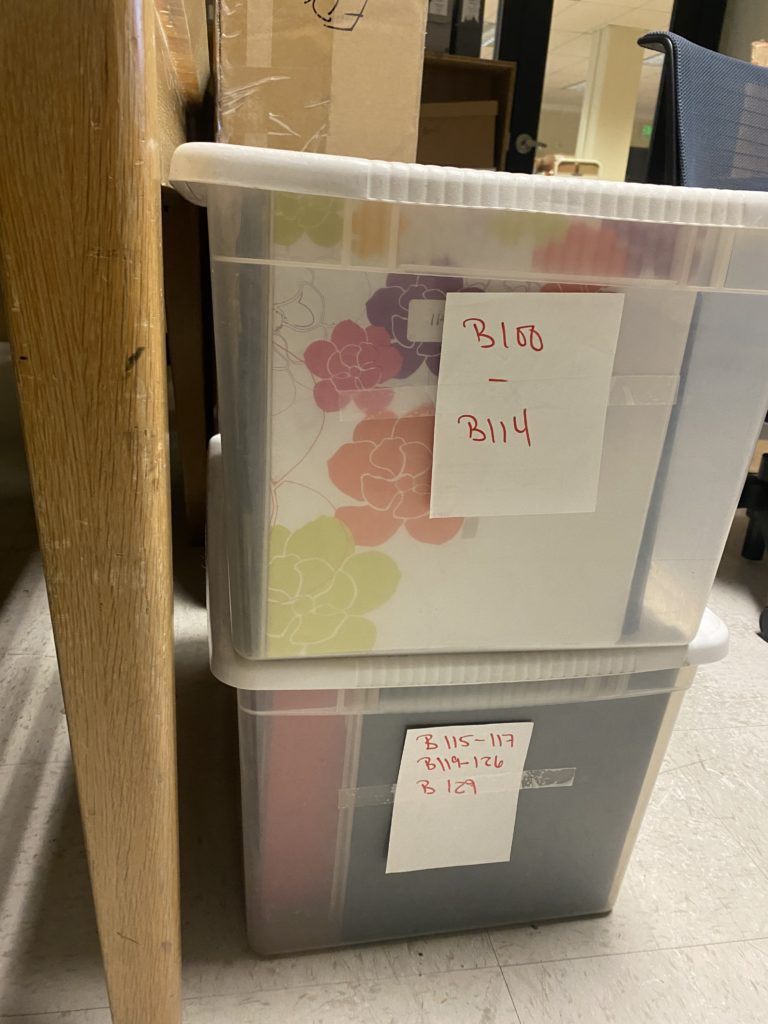As of this week I have started to put the finishing touches on Annette’s small but sweet collection. I have completed the front matter almost to it’s entirety, with just the proofreading left. Front matter included the scope and content of the collection, biography of the contributor, provenance establishment, date ranges and series level descriptors to aid in future research. When attempting to gather the date range Annette’s collection spanned, I was able to once again familiarize myself with parts of the collection that I had forgotten about. On the other hand, I was able to find new glimpses of the collection that did not catch my eye before. Though the date range of the materials is tentative, due to my wish to double check (to make sure everything is being catalogued with the highest accuracy), it appears the collection’s breadth encompasses 1963-2002. With that being said, Annette’s collection in it’s own way is a piece of living history. 1963 was the year that President John F. Kennedy was assassinated and also the year my grandparents met. They would go on to marry 2 years later, as of 2022 they just celebrated their 57th wedding anniversary. All this to say, though much has changed since 1963, Annette’s collection serves as a relic of a past that gets further and further away in the rear view mirror of time. Collections like Annette’s, as well as others that are processed by CCEPS fellows, Special Collections and beyond, provide us with windows to bygone eras.
This may be my last post on Annette’s collection, as there is not much of the process left. However, I look forward to her collection becoming a part of the wide repository of research materials available to the Claremont Colleges, in which she can provide perspective to other inquirers. As for me, I want to thank Annette and her carefully curated materials for orienting me (even as a novice observer) to textiles, specifically quilts, as a medium for abstract fine art. It has been an absolute pleasure to process this collection as a CCEPS fellow under the direction of Special Collections and Lisa Crane. Lastly, thank you to my supervisors Lisa and Ayat, my experience with this collection and others has been a wonderful and formidable experience as a first year graduate student.

